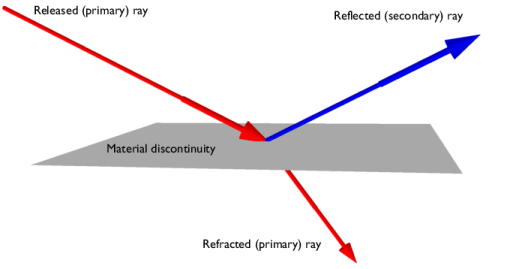
|
In the Sagnac Interferometer example, a single ray is split up into four distinct rays due to reflection and refraction at the Material Discontinuity. The phase difference between two of these rays is then computed. Application Library path Ray_Optics_Module/Spectrometers_and_Monochromators/sagnac_interferometer
|